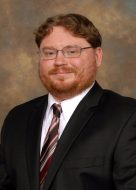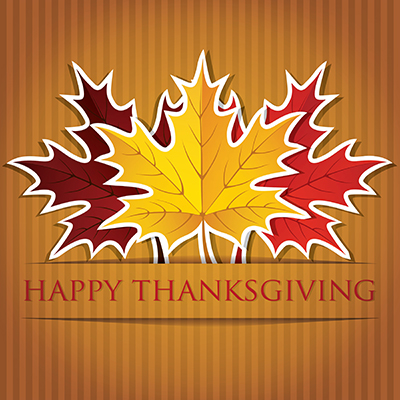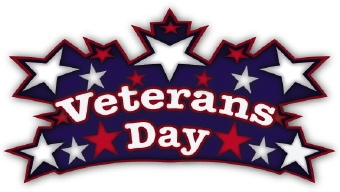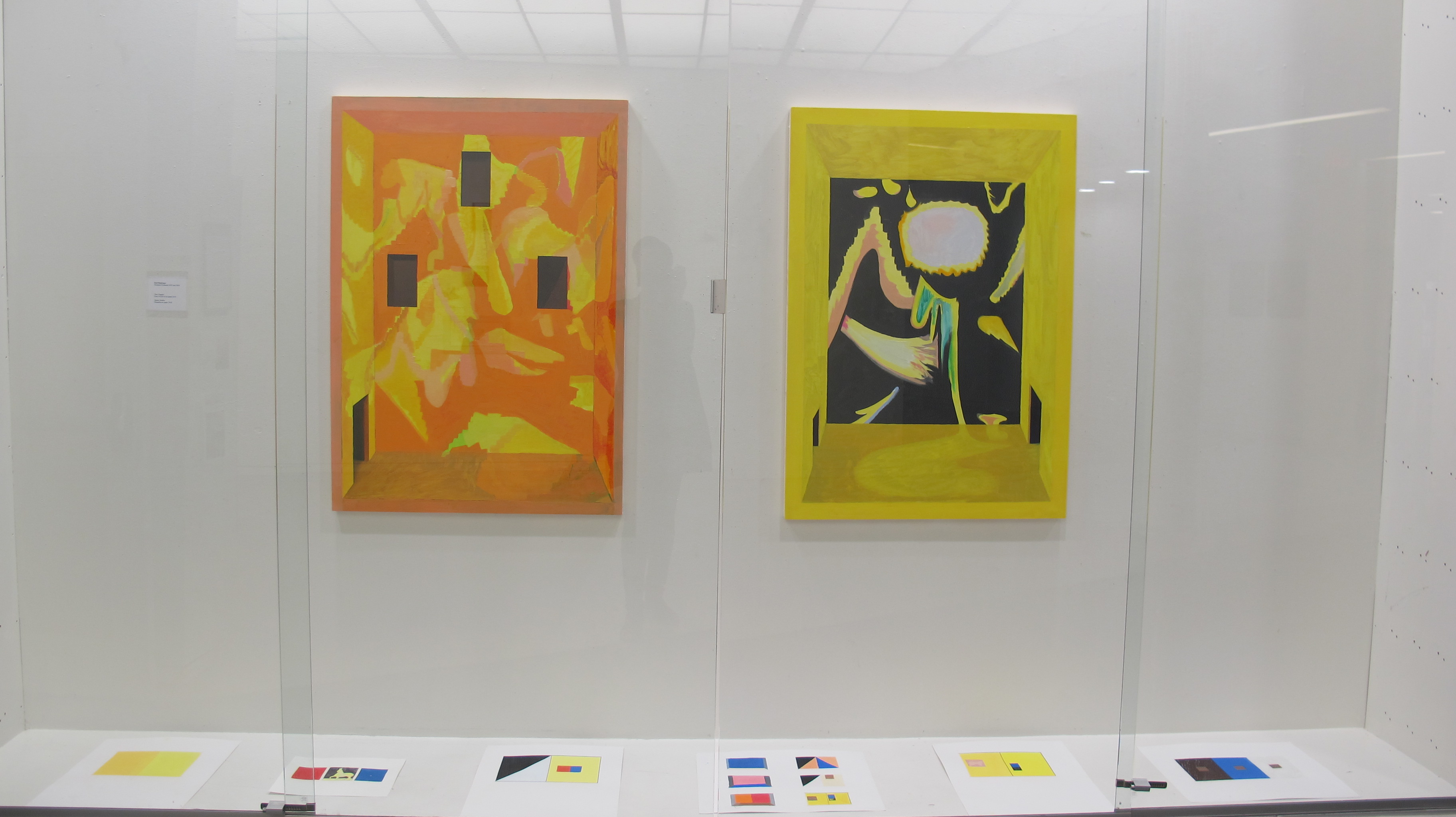If you have an interest in connecting with others using or learning about GIS, then please join the GIS Learning Community at an upcoming meeting.
Date: Feb 1st , March 8th , April 12th
Time: 3:15 pm to 4:25 pm
Venue: 462 Langsam
GIS stands for Geographic Information Systems. The goal of the community is to create a user-driven forum for novice and expert practitioners to come together and discuss tools, resources and solutions to questions and new projects that develop as researchers consider the spatial aspects of their data. We invite interested individual across all of UC to join us in building this community.
Contact Amy Koshoffer at koshofae@ucmail.uc.edu with questions or to be added to the GIS LC mailing list.
Visit UC Libraries Research Data and GIS Services website for more information: http://libraries.uc.edu/digital-scholarship/data-services.html





